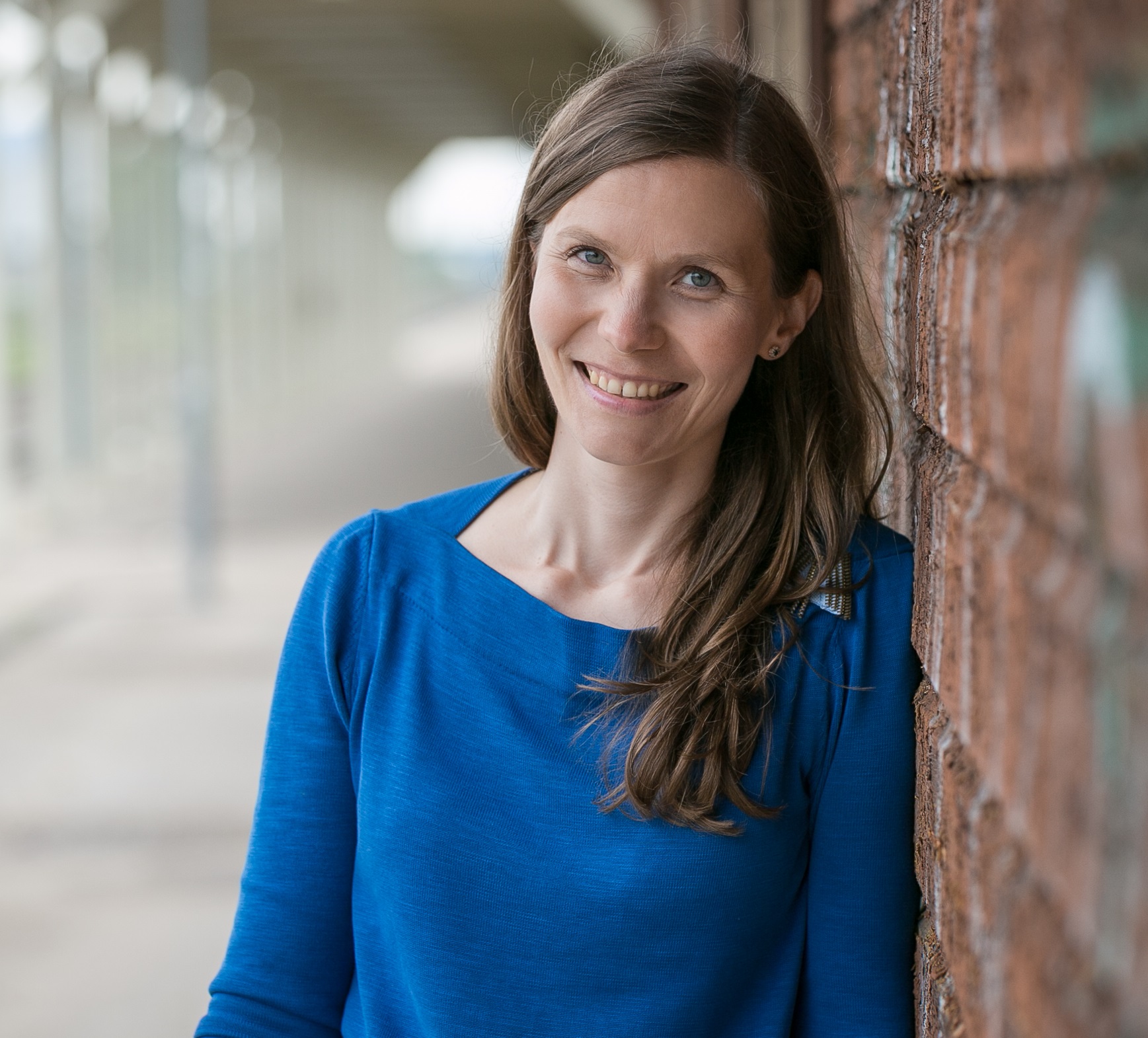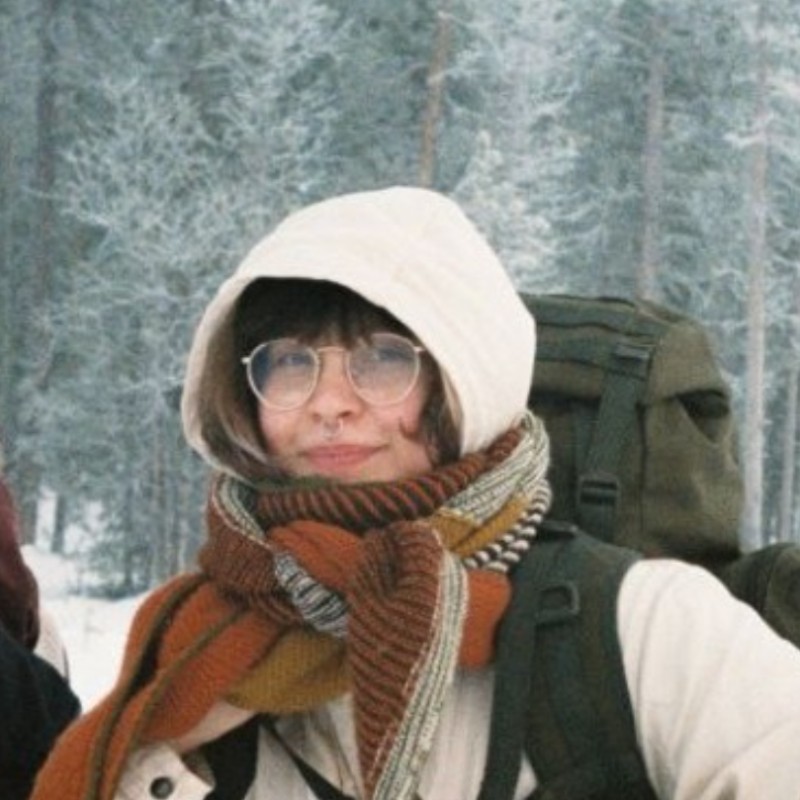Geoinformatics

Global challenges such as the uneven distribution of natural resources, security and climate issues, urban development and sprawl and a growing demand for energy all involve a significant spatial component. Our mission is to conduct research and teaching in the collection, management and analysis of geospatial information for a wide range of themes and scales, from local to global.
Research areas
Our research areas include Geodesy, Geoinformation technology , Digital photogrammetry and laser scanning and Remote sensing. Learn more about our teaching activities!
Photogrammetry, laser scanning, and other 3D sensing technologies are the main methods for measuring and modelling our living environment in 3D, 4D and virtual reality from point clouds and images. Our team’s research focuses on developing modern close-range mapping solutions and applications as mobile mapping methods and the automation of data processing for 3D modelling.
Professor: Matti Vaaja
Geodesy is the age-old science of where things on or close to the Earth's surface are located. Precisely determining the location of objects, or of oneself while navigating, is challenging. Today's technology of choice is satellite positioning, using global navigation satellite systems (GNSS) deployed by several spacefaring nations. In support of this, geodesists create and maintain geocentric co-ordinate reference frames as well as height systems useful for surveying, mapping and navigation. Our research focuses on the changing Earth including her gravity field, sea level, height systems and movements of the Earth's crust.
Professor: Maaria Nordman
Geoinformation Technology (GeoIT) is an applied research field that uses theories and methods from computer science, information technology and applied mathematics to investigate and model various geographical phenomena. Geospatial data is widely used to describe real-world phenomena and the data are collected, processed, analysed, visualised and stored in specialized ways. Our research and teaching focuses in particular on the development of spatial analysis methods and algorithms, methodological development for spatial simulation, analysis and data mining, as well as software development related to different geospatial applications.
The GIST Lab research group at the Department of Built Environment specialises in spatial analytics and the development of GeoIT methods to solve spatial problems, in particular those related to sustainable development. Our research is currently funded by the Academy of Finland and the EU, and we are a partner in the EU's Location Innovation Hub and the national Geoportti RI research infrastructure. You can find out more about all our ongoing projects on our website.
Professor: Henrikki Tenkanen
Remote sensing, or Earth observation, is the use data collected by satellite- or airborne sensors to detect phenomena on Earth using electromagnetic radiation. The amount of available remote sensing data is increasing exponentially. Our team’s remote sensing research focuses on monitoring forests from space using satellite images. We are leading experts in measuring and modeling the spectral and structural properties of forests, with a special focus on the complex structures of coniferous forests. Our on-going projects are funded by the European Research Council (ERC) and Academy of Finland.
Read more about our research: aalto.fi/remotesensing
Professor:Miina Rautiainen
Latest publications
Exploring the potential of SAR and terrestrial and airborne LiDAR in predicting forest floor spectral properties in temperate and boreal forests
Prediction of ionospheric total electron content over low latitude region : Case study in Ethiopia
Constraints on the 2013 Saravan intraslab earthquake using permanent GNSS, InSAR and seismic data
Analyzing the 3D Deformation Induced by Non-tidal Loading in GNSS Time Series in Finland
Self-assessment in student’s learning and developing teaching in geoinformatics–case of Geoportti self-assessment tool
Ionospheric response to the 08 April 2024 total solar eclipse over United States : a case study
Evaluation of LCA Tools for Road Construction and Operation Purposes : A Case Study in Nordic Europe
Physically based modelling of spectral transmittance through forest canopies
Rakentamisen ajantasaisten toteumamallien mittausteknologiat
Compact city and urban planning : Correlation between density and local amenities
Research group members
Otakaari 4
Mechanical engineering 1, K1
- Published:
- Updated:




